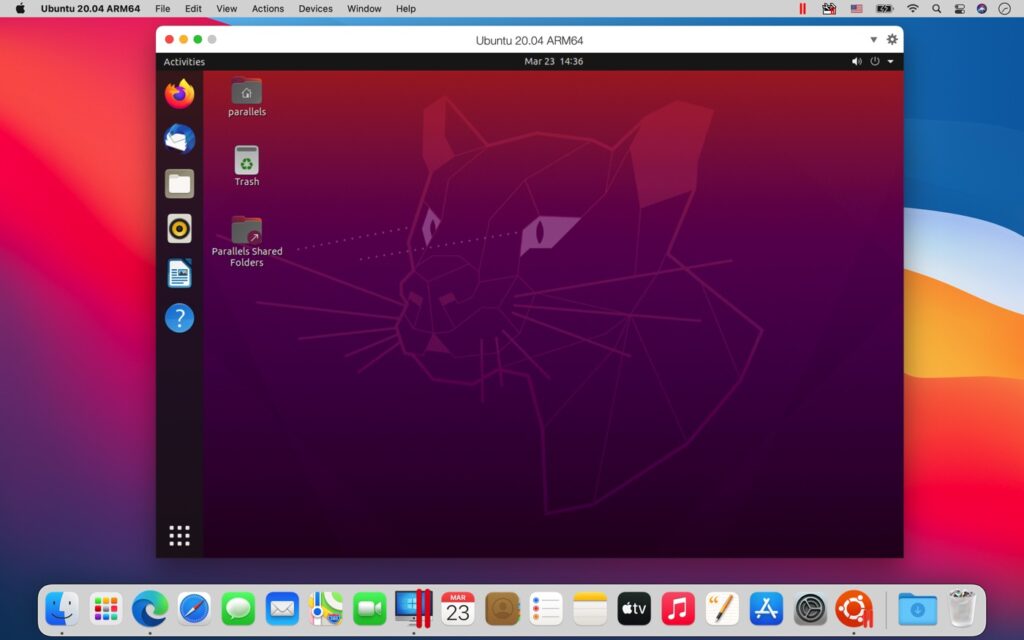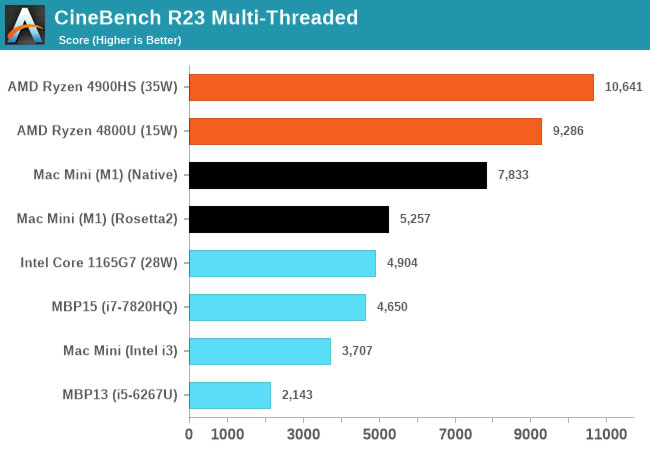A few months ago, Parallels previewed its Parallels Desktop for Mac virtualization software on M1 Macs, and on Wednesday, the company annnounced that Parallels Desktop 16.5 for Mac—which brings. Parallels Desktop 16.5 for Mac also supports guest operating systems (OSs) on M1 Mac computers including Linux distributives Ubuntu 20.04, Kali Linux 2021.1, Debian 10.7 and Fedora Workstation. Parallels Desktop 16.5 for Mac Supports Both M1 and Intel Chips Parallels, a global leader in cross-platform solutions, on Wednesday released Parallels Desktop 16.5 for Mac, which features full native support for Mac computers equipped with either Apple M1 or Intel chips.
Apple’s “one more thing” event on November 10, 2020, revealed the first Mac computers powered by the Apple M1 chip.
Parallel Mac M1

Parallel Mac M1 For Sale
Parallels is excited to see the performance, power efficiency, and virtualization features that are brought to the Mac with the Apple M1 chip. The transition to Mac with the M1 chip should be smooth for most Mac applications, thanks to Rosetta technology. Fortunately, Parallels Access™, Parallels® Toolbox, and Parallels® Client software worked smoothly as universal binaries even before Parallels rebuilt them. However, virtual machines are an exception and Parallels engineers proactively implemented native virtualization support for Mac computers with the M1 chip. This enables our users to enjoy the best Windows-on-Mac experience ever.

Learn more about the new version in this blog post.
When Apple Silicon Mac was first announced during the keynote at WWDC on June 22 of this year, Apple demoed a Parallels Desktop for Mac prototype running a Linux virtual machine flawlessly on Apple Silicon. Since WWDC, the new version of Parallels Desktop, which runs on Mac with the Apple M1 chip, has made tremendous progress. We switched Parallels Desktop to universal binary and optimized its virtualization code; Apple M1 Mac computers and macOS Big Sur became available, and Microsoft announced and then introduced support for x86_64 applications in Windows on ARM Insider Preview.
As our customers know, Parallels cares deeply about the quality of our software products and the experience they provide. With macOS Big Sur and the new Mac with Apple M1 chip available, we continue to conduct more extensive evaluations, both in our lab and with your help via the Parallels Technical Preview Program. More than 100,000 M1 Mac users tested the Technical Preview of Parallels Desktop 16 for M1 Mac and ran Microsoft’s Windows 10 on ARM Insider Preview, as well as tens of thousands of different Intel-based Windows applications—including Microsoft Office for Windows, Microsoft Visual Studio, SQL Server, Microsoft PowerBI, and MetaTrader.
We received enthusiastic feedback about the remarkable performance of both the Technical Preview of Parallels Desktop 16 for M1 Mac and Windows 10 on ARM Insider Preview as well as x86 applications and the games inside it, including Rocket League, Among Us, Roblox, The Elder Scrolls V: Skyrim, Sam & Max Save the World, and many others. Testers loved Parallels Desktop’s easy to use features, and seamless integration of Windows and its applications with macOS Big Sur, which increased their productivity.

On April 14th 2021, the new update for Parallels Desktop 16 for Mac was released and now features support for both Mac computers with Intel processor as well as Mac computers with Apple M1 chip.
Since existing versions of Parallels do not run on the M1 Macs, a new version has been launched to run ARM-based Operating Systems. Parallel Desktop 16 for M1 Mac has been launched to run ARM-based OS in a virtual machine on M1 Macs with Apple Silicon. Even with the limitations, Windows 10 ARM works well with great performance and battery life. Mar 17, 2021 With macOS Big Sur and the new Mac computers with Apple M1 chip becoming available, we will continue to do more extensive evaluations, both in our lab and with your help via the Parallels Technical Preview Program.
